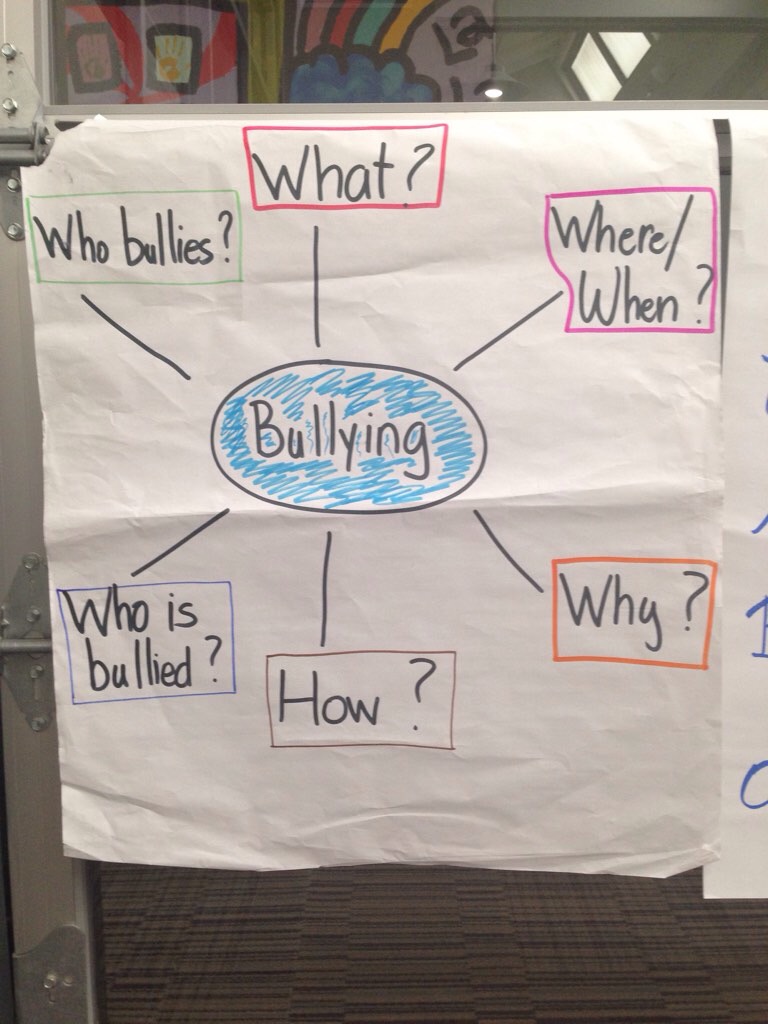In 1999, there were exactly 0 (zero) state laws in the United States dealing with bullying. Post Columbine, state legislatures began to develop laws and school districts began to implement polices to address the issue of bullying that was now on the public’s radar screen. Now, 16 years later, there are 49 states with laws; all but Montana have anti-bullying laws. More than half of these laws also address cyberbullying.
 For the last 7 years the Tennessee Department of Education through the Office of Safe and Supportive Schools, has provided training for school leaders on Tennessee’s laws and best practices to deal with bullying and harassment. I’ve always been interested in the legal complexities schools face in dealing with these tough issues. As a part of my work, I’ve had the privilege of working with some tremendous attorney’s with the Department of Education in joining them as a co-presenter in these sessions entitled From Policy to Practice. The attorneys have covered the law and I have attempted to help school personnel understand and implement best practices to improve school climate and prevent bullying. Under the leadership of General Counsel, Christy Ballard, they have helped schools understand the legal complexities of these challenging issues.
For the last 7 years the Tennessee Department of Education through the Office of Safe and Supportive Schools, has provided training for school leaders on Tennessee’s laws and best practices to deal with bullying and harassment. I’ve always been interested in the legal complexities schools face in dealing with these tough issues. As a part of my work, I’ve had the privilege of working with some tremendous attorney’s with the Department of Education in joining them as a co-presenter in these sessions entitled From Policy to Practice. The attorneys have covered the law and I have attempted to help school personnel understand and implement best practices to improve school climate and prevent bullying. Under the leadership of General Counsel, Christy Ballard, they have helped schools understand the legal complexities of these challenging issues.
Earlier this year I had the opportunity to participate in additional training designed to help schools address issues to determine appropriate responses to bullying. To start, defining bullying is complex in and of itself. When the issue of legal harassment is added to the conversation the complexity increases.
The Bullying and Harassment Solutions for Schools: A Comprehensive System to Educate, Investigate and Remediate, developed by legal expert, Mary Jo McGrath, is a powerful system for investigating bullying incidences. The system is designed to help schools drill down to the key issues of whether the issue at hand is conflict, bullying and/or harassment.
Throughout the training, Mary Jo reiterated that the same behavior(s) in question may actually violate one or more areas of law:
- School administrative law prohibiting bullying or harassment and justifying action under the student code of conduct and board of policy and regulations;
- Criminal law (e.g., hate crimes); and
- State civil statutes relating to anti-bullying provisions or even negligence; or under civil rights action if protected classification is involved and discrimination is found.
In short, a bullying complaint may come under any or all of these areas of law.
The McGrath system also helps schools understand when they are responsible for addressing bullying situations. Simply, a school is responsible for addressing bullying and harassment incidents about which it knows or reasonably should have known.
Mary Jo quotes Secretary of Education Arne Duncan, “Every adult in the school from principals to custodians, cafeteria workers to teachers must intervene and act when they see bullying for whatever reason.” This is something that the Tennessee Department of Education has been stressing through the Policy to Practice workshops for many years. Everyone in the school must address bullying and harassment.
Schools face some formidable challenges when an act of bullying is reported. Not only does the school need to determine the context in which the act may have occurred, they also must determine if the act is more serious and is a potential civil rights violation, or discriminatory harassment.
Perhaps one of the most important distinctions discussed during the McGrath training is the primary distinguishing factor between bullying and bullying that is discriminatory harassment. If the behavior was targeted toward a member of a protected classification, other issues must be considered. Federally protected classifications include:
- Title VI of the Civil Rights Act of 1964 which prohibits discrimination based on race, color, or national origin as well as including English Language Learners.
- Title IX of the Education Amendments of 1972 prohibits discrimination based on sex, which covers sexual harassment, gender-based harassment, pregnant and parenting students, and athletics. Finally,
- Section 504 of the Rehabilitation Act of 1973 and Title II of the Americans with Disabilities Act of 1990 prohibits discrimination based on disability.
STARS is now able to offer training for individual school(s) and school districts that would like to go deeper in this challenging conversation. We will be able to offer the McGrath Systems approach to help schools be certain that they are doing all that they can to address the issue of bullying and harassment, implement clear investigative protocols resulting in a more positive school climate for both students, parents and school personnel. For more information about how your school/district can take advantage of this opportunity, contact STARS at 615-279-0058 or email Teresa Whitaker to discuss the possibility.


